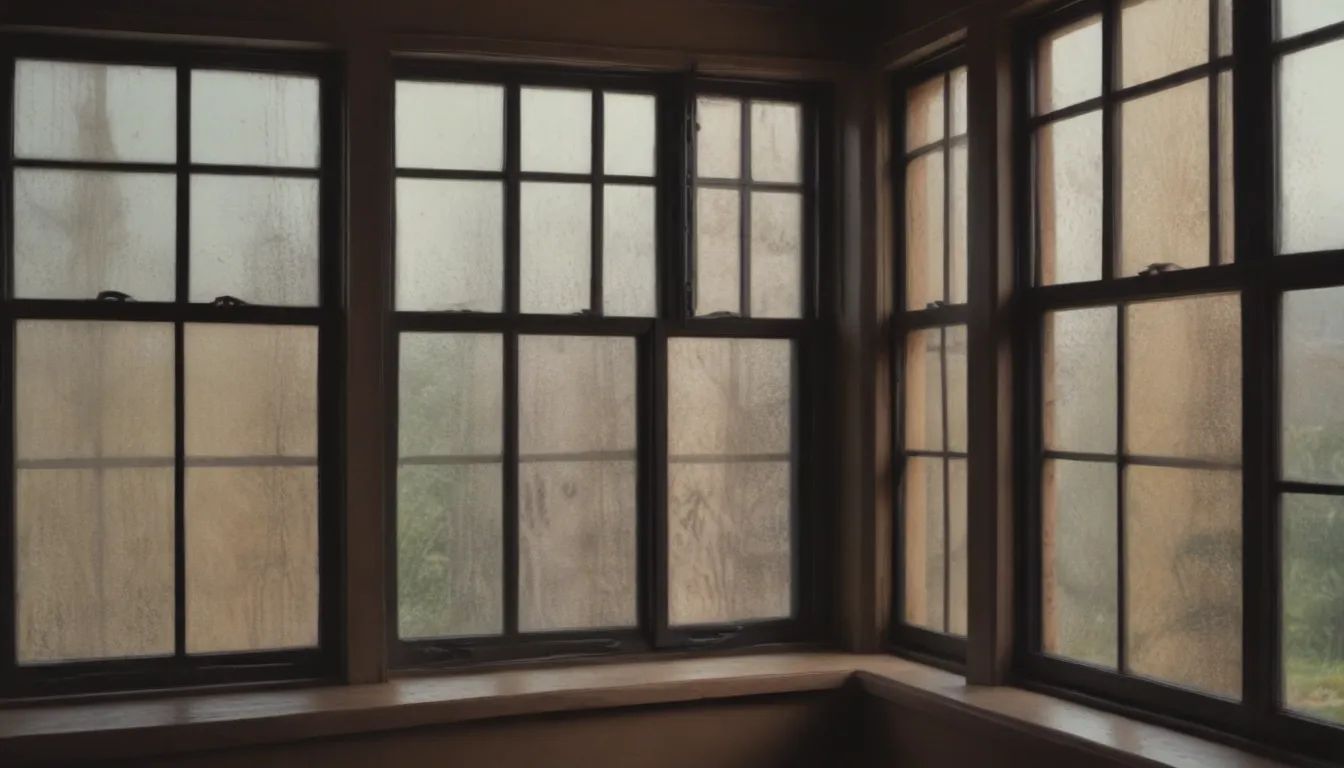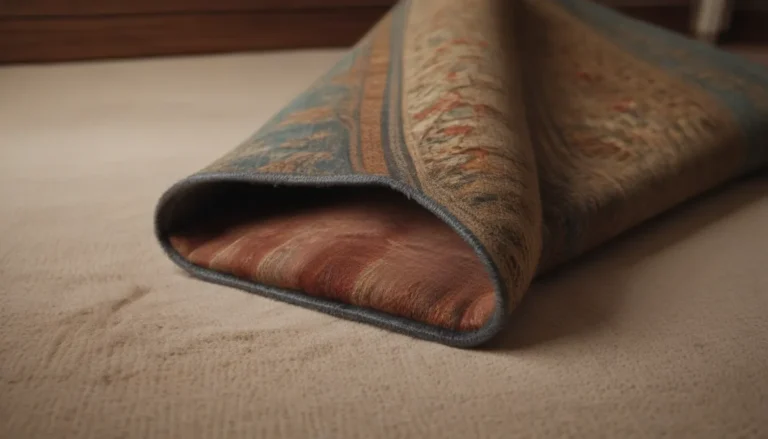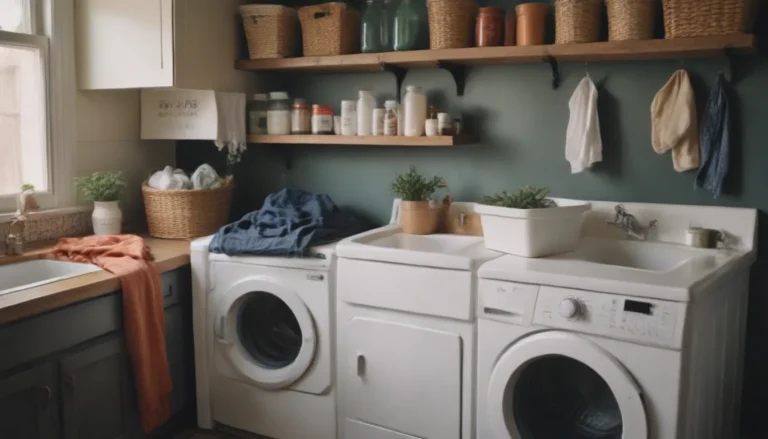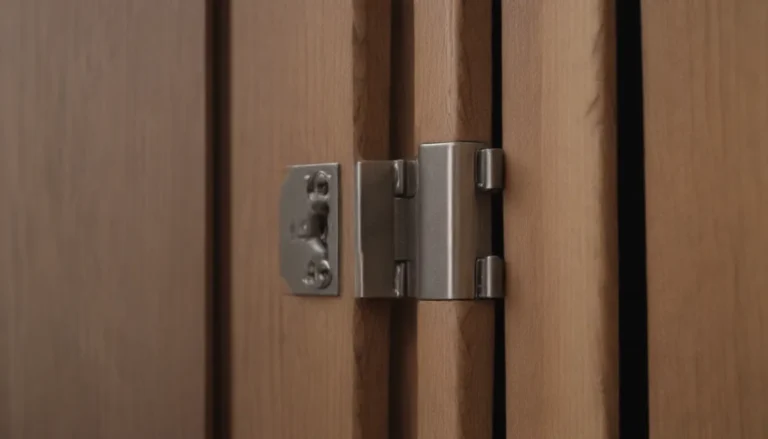Understanding Standard Window Sizes: A Comprehensive Guide

If you’re in the market for new windows or looking to replace your current ones, understanding standard window sizes can make the process much easier. Standard-size windows are pre-made windows that fit into commonly found openings in homes, particularly in newer constructions. Knowing these standard sizes can help you save time and money, especially if you are planning to install them yourself.
Why Standard Window Sizes Matter
Standard window sizes are set dimensions that are widely used in the United States. While custom windows can be made to fit any frame, standard sizes are readily available and often more cost-effective. Double-hung windows are the most common type of window, featuring two sashes that can move up and down. Let’s dive into the specifics of standard window sizes to help you make informed decisions for your home.
Double-Hung or Single-Hung Windows
Double-hung windows are a popular choice for many homes. The “double” in their name refers to the two sashes—one upper and one lower—that can be moved. On the other hand, single-hung windows have a fixed top sash, with only the lower sash being movable. It’s important to know the standard sizes for these types of windows to ensure a proper fit.
Standard Sizes for Double-Hung and Single-Hung Windows:
- Widths: 24 to 48 inches
- Heights: 36 to 72 inches
Where to Install Double-Hung Windows
Double-hung windows are versatile and work well in various areas of the house, including common spaces, bedrooms, and rooms that could benefit from fresh air. They are also easy to clean from inside the house. Single-hung windows are more suitable for ground-level installations for easier maintenance.
Sliding Windows
Sliding windows, also known as slider windows, have sashes that slide horizontally. They can be a great choice for different rooms in your home, offering a unique way to let in light and air.
Standard Sizes for Sliding Windows:
- Widths: 36 to 84 inches
- Heights: 24 to 60 inches
Where to Install Sliding Windows
Sliding windows are versatile and can be installed in nearly every room of the house, from bedrooms to basements. Their horizontal sliding mechanism makes them a practical choice for various spaces.
Picture or Fixed Windows
Picture or fixed windows are stationary windows that do not open or have moving parts. While they do not provide ventilation, they are excellent for maximizing natural light in a room.
Standard Sizes for Picture or Fixed Windows:
- Widths: 24 to 96 inches
- Heights: 12 to 96 inches
Where to Install Picture Windows
Picture windows are commonly found in living rooms and areas where maximizing natural light is essential. Due to their stationary nature, they are best suited for rooms where ventilation is not necessary.
Casement Windows
Casement windows are hinged windows that open from the side like a door. They offer excellent ventilation and are ideal for kitchens, bathrooms, and areas where accessibility is a concern.
Standard Sizes for Casement Windows:
- Widths: 17 to 41 inches
- Heights: 16 to 33 inches
Where to Install Casement Windows
Casement windows are perfect for rooms that require good airflow, such as kitchens and bathrooms. They are also suitable for individuals with mobility issues or for windows that are hard to reach.
Custom Window Sizes
While standard window sizes work for most homes, there may be instances where custom windows are needed. Older homes, in particular, may have non-standard window openings that require custom-made windows. While custom windows come at a higher cost, they offer a tailored solution for unique window frames.
Considerations for Custom Window Sizes:
- Custom windows may cost about 50% more than standard sizes.
- Some manufacturers offer a wide range of custom sizes, allowing for greater flexibility in window dimensions.
In Conclusion
Understanding standard window sizes can simplify the process of buying or replacing windows for your home. Whether you opt for double-hung, sliding, picture, casement, or custom windows, knowing the standard dimensions can help you make informed decisions and ensure a proper fit. By considering your specific needs and the requirements of each room, you can choose the right windows that not only enhance the aesthetics of your home but also provide functionality and efficiency.





